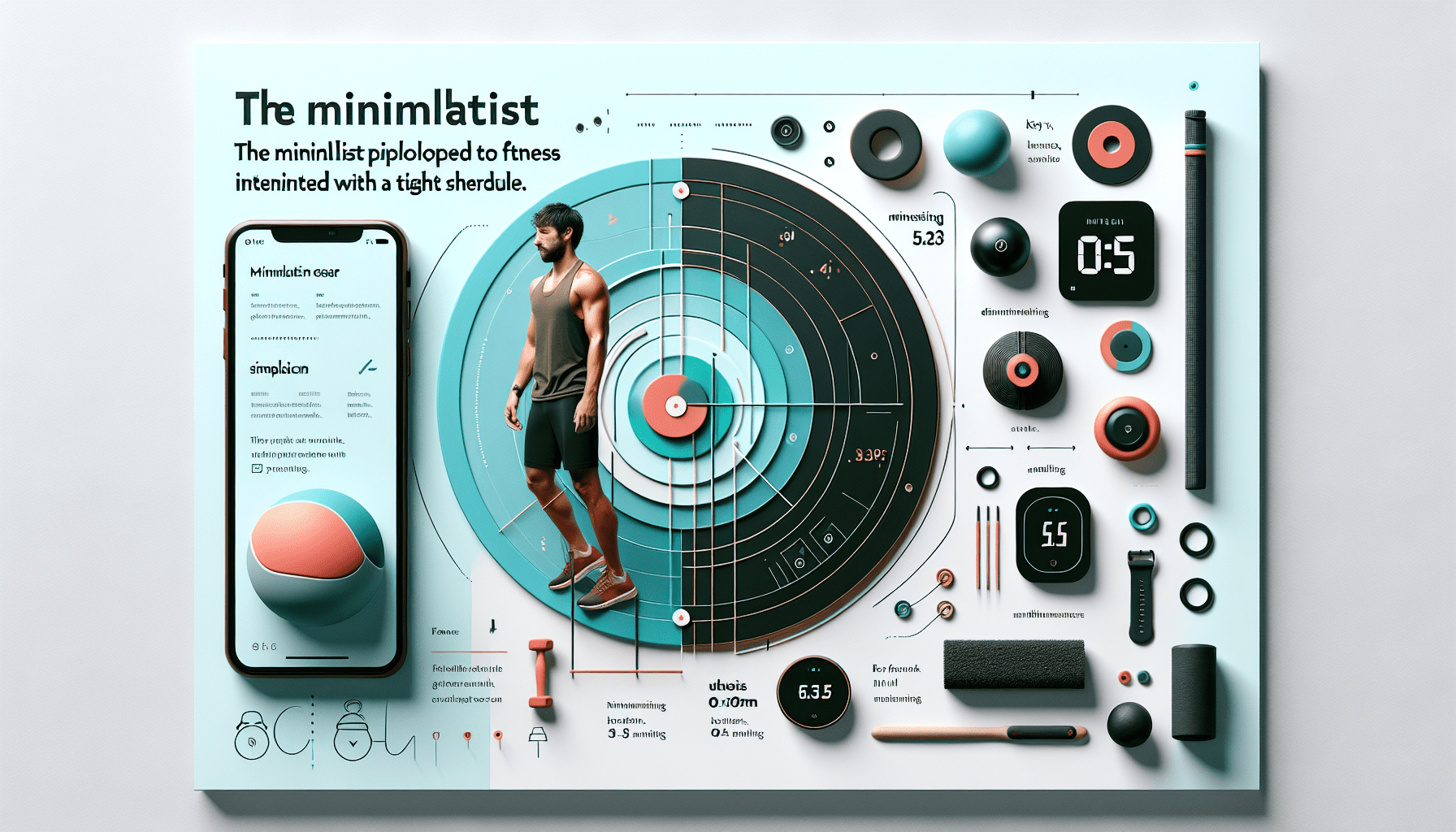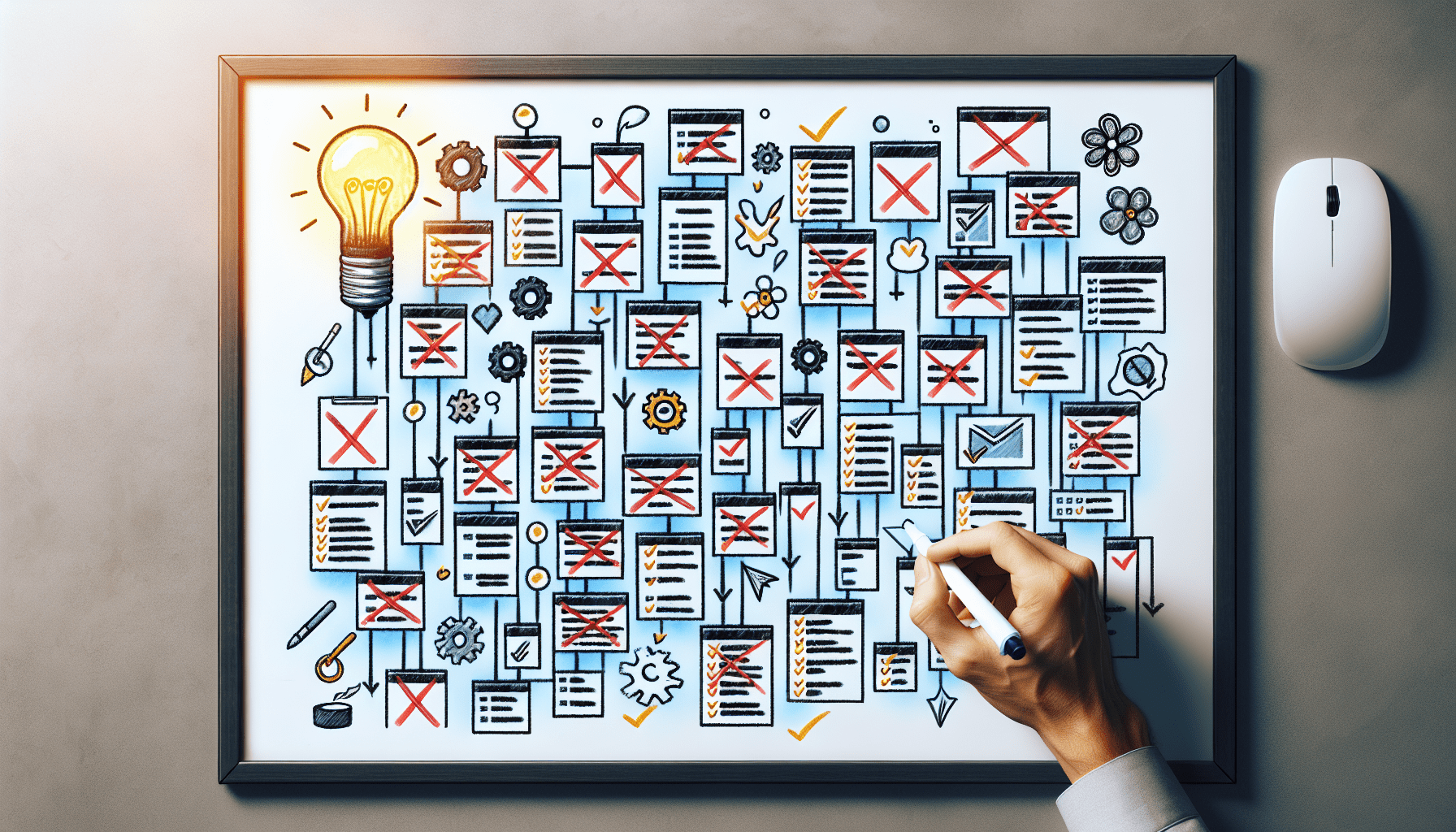
Remote Work-Life Balance: Tips for Staying Grounded

Did you know over 75% of remote workers struggle to disconnect from their work lives? This issue has grown worse during the pandemic. It shows we need good strategies to keep a healthy balance while working from home1. Studies show that using tools like Toggl and RescueTime, and doing self-care, like meditation, can really help2. By setting clear boundaries and focusing on mental health, remote workers can make sure work fits into their lives, not the other way around.
Key Takeaways
- 75% of remote workers experience challenges in disconnecting from work1.
- Utilising time management tools like Toggl and RescueTime boosts productivity2.
- Practising self-care, including meditation, is crucial for maintaining well-being2.
- Boundary-setting is essential to avoid constant connectivity and burnout1.
- A balanced remote work environment enhances life without the risk of becoming ‘always on’ culture1.
Understanding Remote Work-Life Balance
Remote work-life balance means blending work and personal life. It helps you stay productive and happy. For digital nomads, it’s key to manage work across different places. Whether you’re in Paris or Bali, keeping work and personal life balanced is important.
What is Remote Work-Life Balance?
Remote workers need a good balance to manage tasks from anywhere. This balance lets you use Flexible Schedules and Productivity Hacks. It makes you more satisfied with your job.
Research shows that remote workers are happier with their work-life balance than office workers3. Many job seekers want flexible schedules, with 52% interested in remote jobs3. Remote workers are also more happy and committed3.
Why is Remote Work-Life Balance Important?
Knowing why balance is key shows its benefits for well-being and productivity. A Gallup survey found 70% of people say hybrid work improves their balance3. Remote workers feel they have a better balance than office staff4.
This balance cuts down stress and boosts mental health, stopping burnout. It also makes you more productive, with 77% of home workers being more productive4.
Good communication and digital tools help with well-being and productivity. Using mindfulness and mindful productivity can improve focus and balance. For tips on working smarter and living better, check out this helpful guide3.
Setting Boundaries: The Key to Balance
Setting clear boundaries is key to a good work-life balance, especially when working from home. By setting specific work hours and having a dedicated workspace, you can manage your time better. This ensures work doesn’t take over your personal life.
Establishing Work Hours
Setting clear work hours is a top way to balance work and life while working remotely. During the COVID-19 pandemic, 67% of remote workers felt always on call, showing the need for clear work times to reduce stress and prevent burnout5. Also, 60% of remote staff found it hard to switch off from work, making clear work hours vital to separate work and personal life6. These boundaries help remote workers stay focused and productive while protecting their mental health and avoiding burnout.
Physical Space for Work
Having a dedicated workspace is key to balancing work and life at home. During the pandemic, 25% of Float employees used coworking spaces to improve their work-life balance5. A well-designed workspace helps keep work and personal life separate. It also boosts productivity and time management. Studies show remote workers often work longer, with 26% extending their hours more than office workers6. A specific work area helps remote workers clearly separate their professional and personal lives, leading to better focus and job satisfaction.

With more people working remotely, using these strategies can greatly improve your work-life balance. By managing your time well and having a dedicated workspace, remote workers can enjoy the perks of working from home. They can also keep their well-being and job satisfaction high.
Importance of Routine and Self-Care in Remote Work
In the world of remote work, having a regular routine and looking after yourself is key. A structured daily plan helps you work well, even when your job is flexible. It’s important to take breaks, exercise, and practice mindfulness to keep your mind and body healthy.
Creating a Regular Routine
Having a set routine is vital for a balanced work life. Setting clear work hours stops you from working too much7. It also helps you separate work from personal life, which is good for your mental health8. This way, you can focus better during work times and be more productive.
Incorporating Self-Care Practices
Taking care of yourself is key to staying focused and less stressed. It’s important to take breaks to keep your mind sharp and avoid burnout7. Doing exercise during these breaks can make you feel better and work better7. Mindfulness and meditation can also help lower stress and help you concentrate better7. By mixing routine with self-care, remote workers can work better and live healthier.
Here’s a quick guide to integrate these elements successfully:
| Element | Strategies |
|---|---|
| Routine | |
| Self-Care |
These practices can really help remote workers live better and enjoy their jobs more8.
Effective Time Management Strategies
For remote workers, managing time well is key to staying productive and balancing work and life. Using tools and techniques helps a lot in managing time well. Tools and methods can make you more focused and improve your work.
Using Time Tracking Tools
Tools like Toggl, Trello, and RescueTime help remote workers manage tasks well. They show how you spend your work hours, making it easier to set priorities. This is crucial for avoiding distractions and keeping a good work-life balance9. For Digital Nomads, these tools are essential for flexible schedules and better time management.
Adopting the Pomodoro Method
The Pomodoro Method breaks your workday into 25-minute intervals with short breaks in between. It helps you stay focused, manage tasks better, and avoid burnout10. Since 70% of remote workers skip breaks, this method can boost productivity and well-being9. By using this, Digital Nomads and remote workers can manage their time better and do better in their jobs.
Communication and Collaboration in Virtual Teams
In the world of remote work, it’s key to keep communication open and work together well in virtual teams. Using digital tools helps create a space where teams can work together smoothly. This makes employees happier and helps teams work better together.
Staying Connected with Your Team
Virtual teams can feel isolated. To fight this, having regular virtual meetings helps build team spirit and fights loneliness. This makes workers feel more part of the team and valued. In fact, remote workers save about 72 minutes a day because they don’t commute, which they can use for team activities or just chatting. This helps build stronger bonds and makes everyone feel they belong11.
It’s also key to have clear work hours to manage time well in remote jobs. This stops work and personal life from mixing, which is good for well-being11.
Using Digital Collaboration Tools
It’s vital to give employees strong tools for talking and managing projects remotely. Since the pandemic, more people are working from home, showing a big change in how we work. Using digital tools is a must to keep up with this change11. Keeping data safe and secure in virtual teams is also crucial to protect important info and keep trust in the team12.
Companies can save about $2,000 a year for each employee working from home, thanks to digital tools and lower office costs13. Having virtual team events can also make the team feel closer and work better together. In short, digital tools are key for virtual teams to do well. They help with talking openly, keeping everyone on the same page, and getting better results.
Maximising Productivity While Working Remotely
Working from home needs a good plan. Using smart time management and hacks can make remote work better.

Productivity Hacks for Remote Workers
Using proven hacks is key to being productive. The Getting Things Done (GTD) method is great for sorting tasks. It clears your mind by listing, categorising, and tackling tasks one by one.
Tools like timers and calendars help manage tasks better. They keep work and personal life separate14. Having a special workspace also helps keep work and home life clear1514.
Minimising Distractions
It’s important to avoid distractions to stay productive. Set clear work hours to keep personal life out of work14. Set times for checking emails to avoid interruptions14.
Good workspaces improve health and reduce tiredness, helping you stay productive14. Taking breaks, like a lunch break, helps you recharge and prevents burnout14. Use these tips to stay focused and manage your time well while working from home.
Flexible Schedules: Balancing Freedom and Structure
Many remote workers find the idea of flexible schedules very appealing. This approach can greatly improve work-life balance for remote workers. It lets them work at their best times and meet personal needs. But, finding the right balance between freedom and structure is key.
Creating a Balanced Flexible Schedule
To make a good flexible schedule, start with a solid structure that fits both work and personal life. Workers with a set schedule often feel more balanced and less stressed16. Begin by setting clear work hours to manage time effectively17. Use time-blocking to give each task focused time.
Adding personal time for breaks, lunch, and leisure can boost energy and happiness16. For instance, short walks can make you more productive and help clear your mind16.
Adapting to Changes
Being able to adjust to new tasks and priorities is crucial for a flexible schedule. Using tools to show when you’re available helps separate work from personal time. This improves work-life balance16. Companies that offer remote work see better work-life balance for employees and more productivity during peak hours17.
Adding mindful productivity practices is also helpful. Things like mindfulness meditation and keeping your workspace tidy can make you more focused and less stressed16. These habits help achieve a better work-life balance.
A flexible schedule that includes both work needs and personal well-being helps remote workers do well and live a balanced life. With 83% of U.S. workers wanting flexible hours, it’s clear these setups are key for today’s work life18.
The Role of Self-Care in Preventing Burnout
Working from home has become more common, but it also brings new challenges. It can make it hard to separate work from personal life. This can lead to more stress and the risk of burnout. That’s why self-care is key to keeping a good balance and staying well.
Recognising the Signs of Burnout
It’s important to spot the signs of burnout early if you work from home. You might feel constantly tired, less productive, or disconnected from your work. Up to 23% of remote workers feel this way because work and personal life get mixed up19.
Those who feel burnt out often don’t engage as much or work as well20. Spotting these signs early lets remote workers take steps to protect their mental health and stop things from getting worse.
Integrating Mindfulness Practices
Adding mindfulness to your routine can help reduce stress and improve focus. Studies show that self-care can cut burnout by up to 56%19. Apps like Headspace offer guided mindfulness sessions to keep you grounded and help you disconnect from work.
Only 29% of employees make self-care a regular part of their routine19. Encouraging mindfulness practices is vital. By focusing on self-care, remote workers can keep their productivity up and reduce work stress in their personal lives.






















